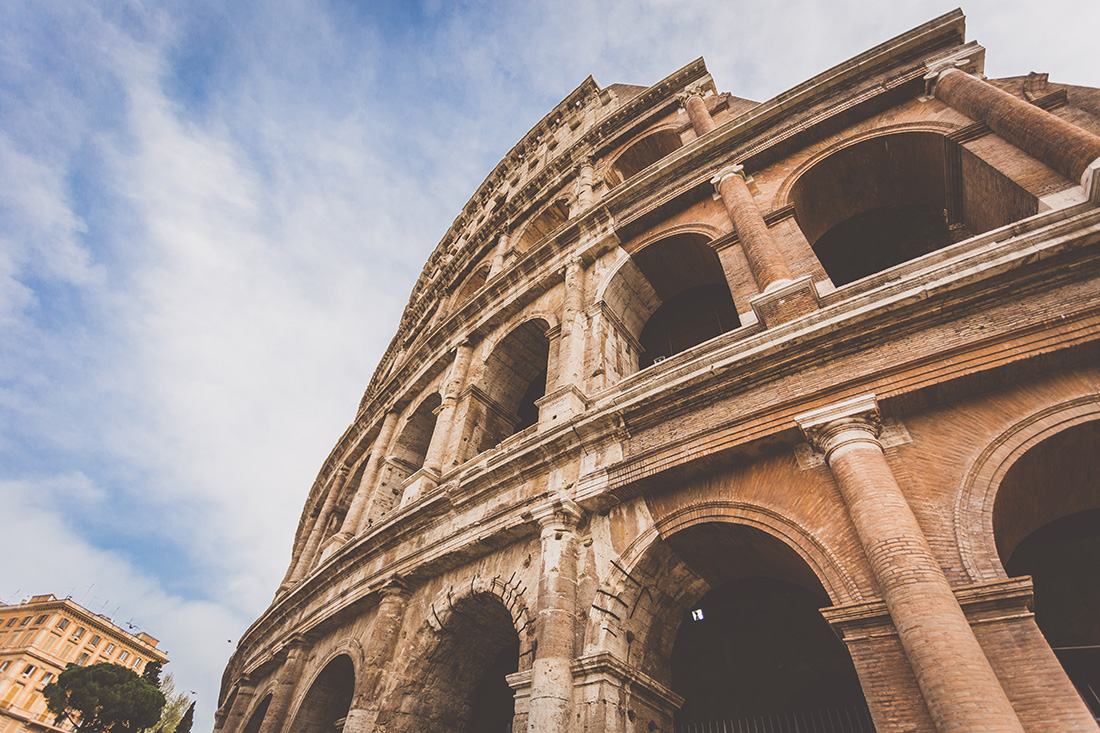
Sustainable Concrete
Most people don’t know this, but concrete is one of the key contributors to sustainable development. It’s the most widely used out of all construction materials and is a major factor in Australia’s economic well-being via investment, employment, and taxation. It’s used literally everywhere: in bridges, roads, apartment buildings, schools, hospitals and although it’s very versatile as a building material, what exactly makes it sustainable?
Durability
Concrete is so durable that a concrete building has a better chance of being abandoned due to the space it offers no longer being needed than it would due to structural problems and old age. Its durability allows for lasting structures that don’t burn, rot or oxidize. Even if there are any structural issues, most structures can be stripped back to the concrete core and rebuilt in compliance with the new specifications. Furthermore, concrete products can last two to three times longer when compared to other commonly-used building materials and can remain in structurally-sound condition for more than forty years.
Reflectivity
Concrete has a high level of reflectivity, which makes it an ideal candidate to minimize the occurrence of urban heat-islands. Pavements and roofs made of lightcolored concrete absorb less and reflect more heat than other, darker-colored materials, like asphalt. This natural reflectivity is what allows homeowners to minimize air conditioning expenses and remain cool during the summer and improves driver’s ability to perceive figures and shapes in low-light and night driving conditions.
Resource efficiency
The quintessential raw material used in the production of cement (which is later used to make sustainable concrete) is limestone, one of the most abundant minerals on the planet. But besides limestone and cement, concrete can also be made using recycled aggregates from previous projects or with secondary aggregates left over from similar industrial processes. Just have in mind that these aggregates should be used in the production of concrete only when their use is technically practical and environmentally-friendly.
Practicality
Concrete and paved surfaces, in particular, have a high resistance to water, which makes them an ideal building material in areas prone to large amounts of rain. But its impervious nature can result in the natural ecosystem becoming imbalanced and threatened by flash floods, erosion, pollution and water table depletion. Fortunately, all these issues can be avoided by using pervious concrete, a type of concrete that has a sponge-like network of cavities that water can freely pass through. Pervious concrete can be used to make driveways, sideways and parking lots that help retain storm-water runoff and replenish local water supplies at the same time.
Thermal mass
Homes built using concrete floors, foundations and walls, such as those used in tilt panel construction are exceedingly energy efficient. It’s concrete’s thermal mass that grants it the ability to absorb and retain heat. This is particularly useful information considering how much energy is wasted by homes with air leaks and poor insulation, as concrete allows home owners to build a heat absorbing and retaining home, reduce the overall energy expenditure and electricity bills.
Concrete is the ideal material for construction. It can easily be prepared using only a handful of available materials to build roads, driveways, parkways, hospitals, schools and much, much more. It’s a multi-billion-dollar industry fueled by a durable and long-lasting material that is fire, flood and termite resistant and very strong. Considering how easy it is to produce and use, the fact that it can help prevent floods and reduce energy consumption, it becomes clear that concrete is not only a sustainable material, but also one that will further be refined in the future and used in pretty much any construction project that crosses your mind.
